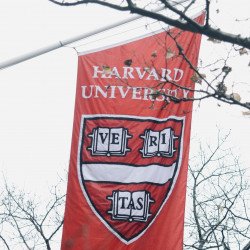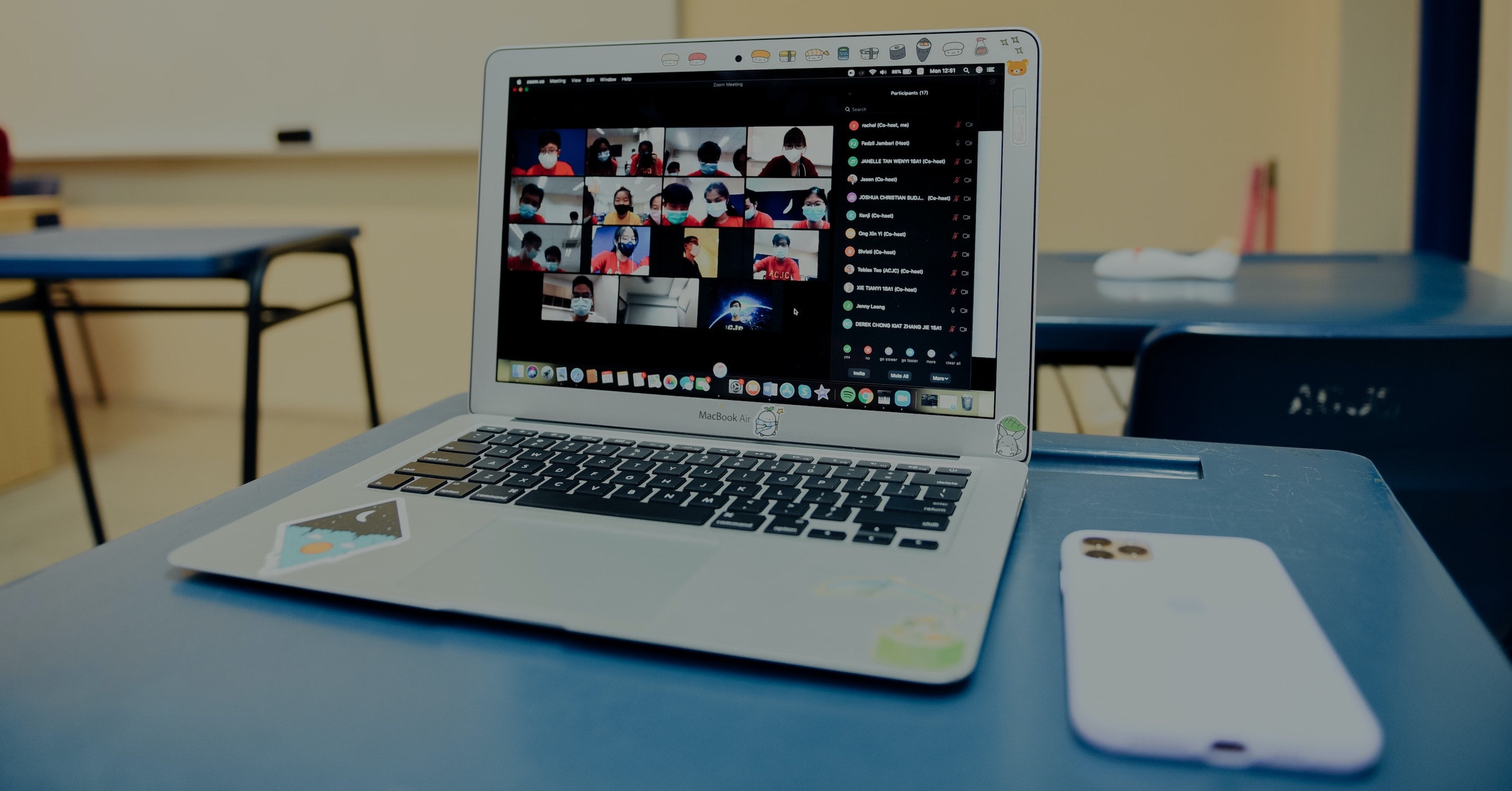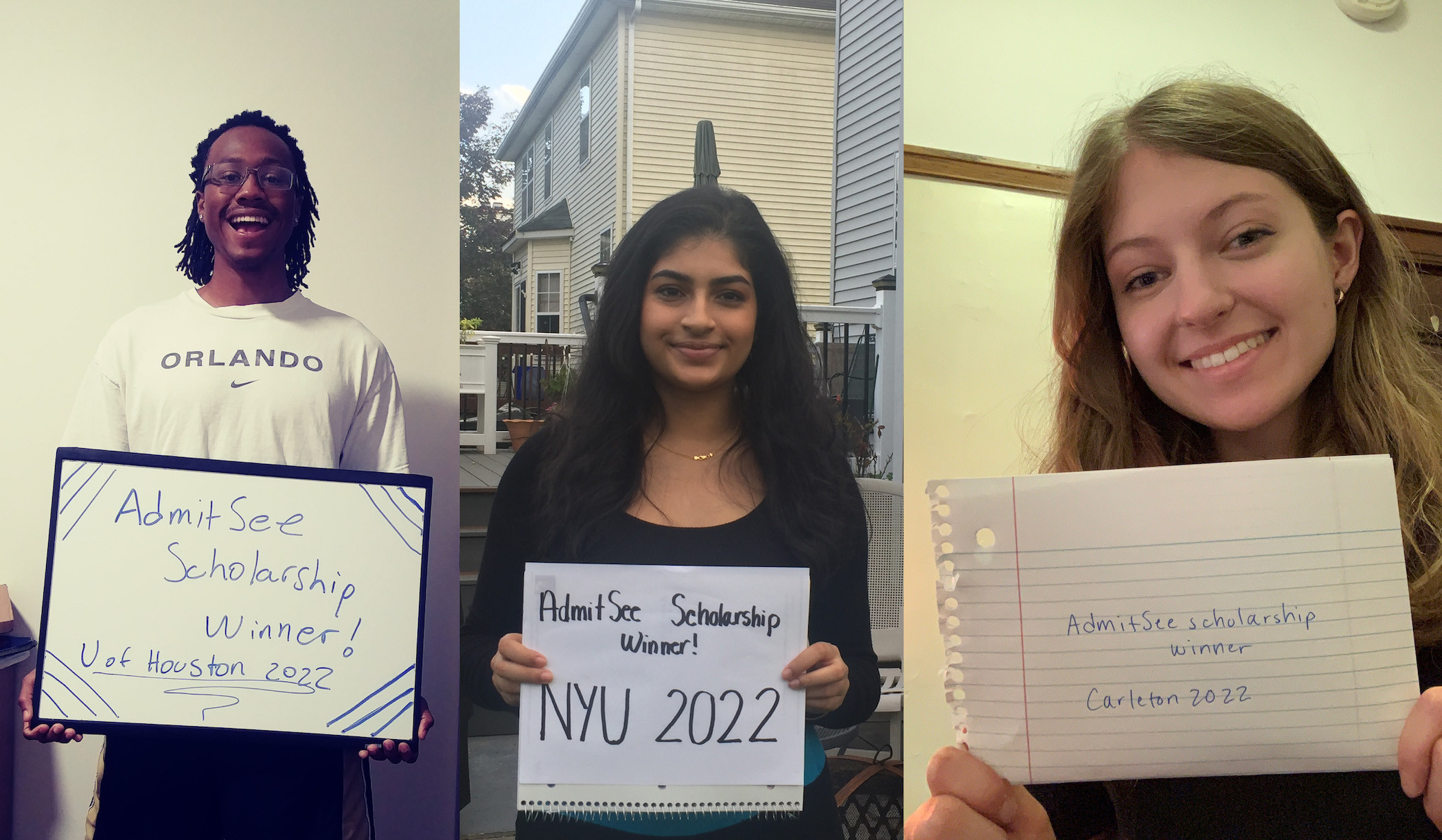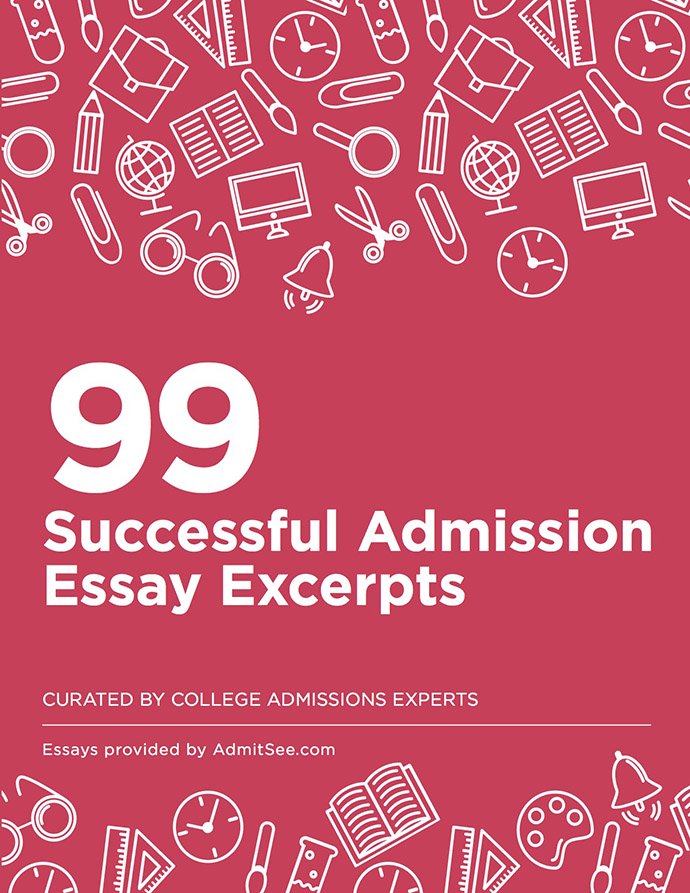Walking onto a the campus of a US college or university can be eye-opening. Odds are, you’ll see a variety of students from different cities quickly scurrying from class to class. What isn’t always immediately apparent to the naked eye is the sheer number of international students walking through hallways and buildings.

Last year, foreign students occupied almost a million spots across US campuses. Though the number itself might not stand out (the number is high relative to the total number of college students in the US, which was just over 12 million in 2013), that number is up about 40% from 2010.
China is the main supplier of international students in the US, and every year, the number of Chinese international students rises. In China, students that go to and graduate from college don’t always receive higher salaries: on average, college students just half a year post-graduation earn slightly less than migrant workers in the construction sector make.
Their monthly salary? Just under 3,500 yuan, or $540. Which is why Chinese students are flocking to the US for higher education.
So what does this influx of international students, specifically Chinese students, mean for Asian-Americans? Many of the Asian-American communities feel slighted, and some have gone so far as to file lawsuits against colleges and universities. One of the biggest complaints was filed against Harvard, claiming that Asian-American students needed to score higher on their SATs than other ethnicities.
And in a recent Business Insider article, Sara Harberson, former associate dean of admissions at the University of Pennsylvania and former dean of admissions at Franklin & Marshall College, said that there’s often a reason why students tend to get rejected more frequently. As she put it, applications get ‘tagged’ when they fit certain qualifications: recruited athletes, children of alumni, children of donors or potential donors, or students who are connected to the well connected.
Harberson says that Asian-American students don’t often fare as well in these categories as other groups. Couple that with the expectation that Asian-American students are elite test takers at the top of their classes, and it’s no surprise that advocacy groups have a problem with college admissions. Some college consultants are starting to target Asian-American families to help them fight what is being called the ‘bamboo ceiling’ at top schools.
To see how Asian students did when they applied to college, read the application files of students who got accepted. AdmitSee has 45,000+, which members can unlock to better understand what it takes to get accepted. Browse our database and let us know what data points we should explore next. Our goal is to bring transparency to college admissions and inspire change.
















 Back
Back